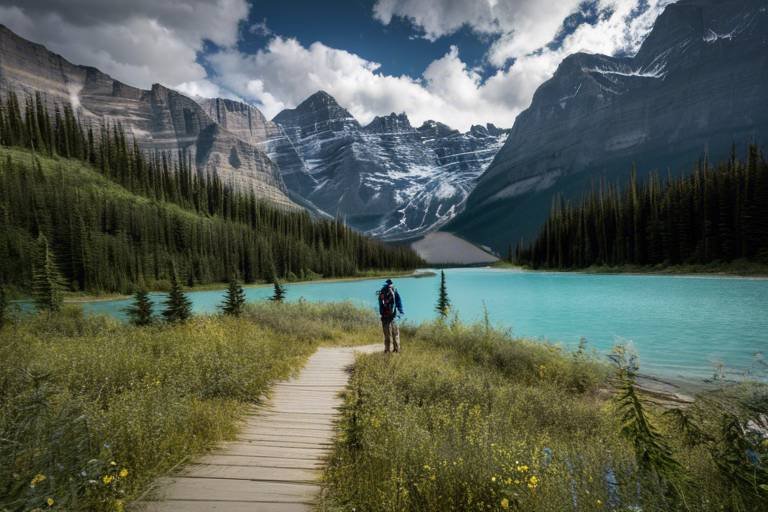Discovering the Stunning Sand Dunes of Great Sand Dunes
Have you ever imagined walking on a landscape that seems to belong to another planet? The Great Sand Dunes National Park and Preserve in Colorado offers just that and more. As you step into this natural wonder, you are greeted by towering sand dunes that stretch as far as the eye can see, creating a mesmerizing sight that leaves visitors in awe.
The formation of these dunes is a geological masterpiece, sculpted over thousands of years by the forces of wind and water. Nestled against the backdrop of the majestic Sangre de Cristo Mountains, the dunes constantly shift and evolve, creating a dynamic landscape that is both breathtaking and humbling.
Amidst the seemingly barren expanse of sand, a surprising array of flora and fauna thrives in this harsh environment. Plants with deep root systems and protective coatings have adapted to survive in the arid conditions, while animal species like kangaroo rats and coyotes roam the dunes, showcasing the resilience and diversity of life in this unique ecosystem.
For adventure seekers and nature enthusiasts, the Great Sand Dunes offer a playground like no other. From the exhilarating experience of sandboarding and sledding down the sandy slopes to the tranquil beauty of stargazing under the dark skies, there is no shortage of activities to immerse yourself in the heart of the dunes.
As visitors marvel at the natural wonders of the park, efforts are underway to preserve and protect this fragile ecosystem for future generations. Conservation initiatives, educational programs, and sustainable tourism practices are all part of the ongoing commitment to ensure that the magic of the Great Sand Dunes remains intact.
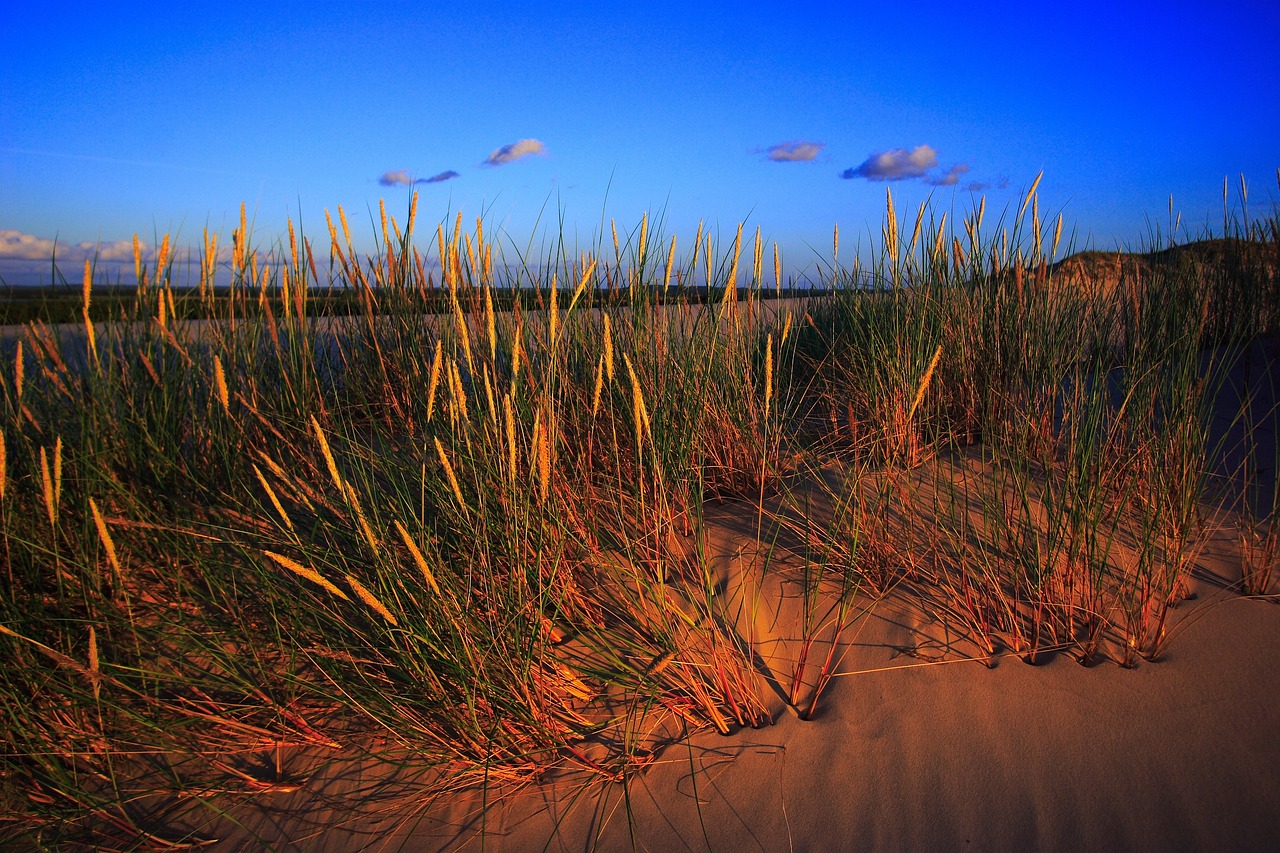
Formation of the Dunes
The remarkable sand dunes of the Great Sand Dunes National Park and Preserve in Colorado are a result of a fascinating interplay of natural forces over thousands of years. The primary architect in the formation of these majestic dunes is the wind, which carries sand particles from the nearby Sangre de Cristo Mountains towards the dune field. As the wind slows down upon reaching the valley, it deposits the sand grains, gradually building up the dunes to their towering heights.
Another crucial factor in the creation of the dunes is the presence of Medano Creek, which flows along the base of the dunes during certain times of the year. The water from the creek acts as a sculptor, shaping the sand into intricate patterns and helping to stabilize the dunes against erosion. The unique combination of wind and water dynamics in this region has led to the formation of one of the most striking sand dune landscapes in the world.
Furthermore, the surrounding Sangre de Cristo Mountains play a significant role in the formation of the dunes by acting as a barrier to the prevailing winds, causing them to drop the sand particles they carry as they pass over the mountains. This process, known as the "rain shadow effect," results in the accumulation of sand at the base of the mountains, eventually leading to the creation of the expansive dune field that defines the Great Sand Dunes.
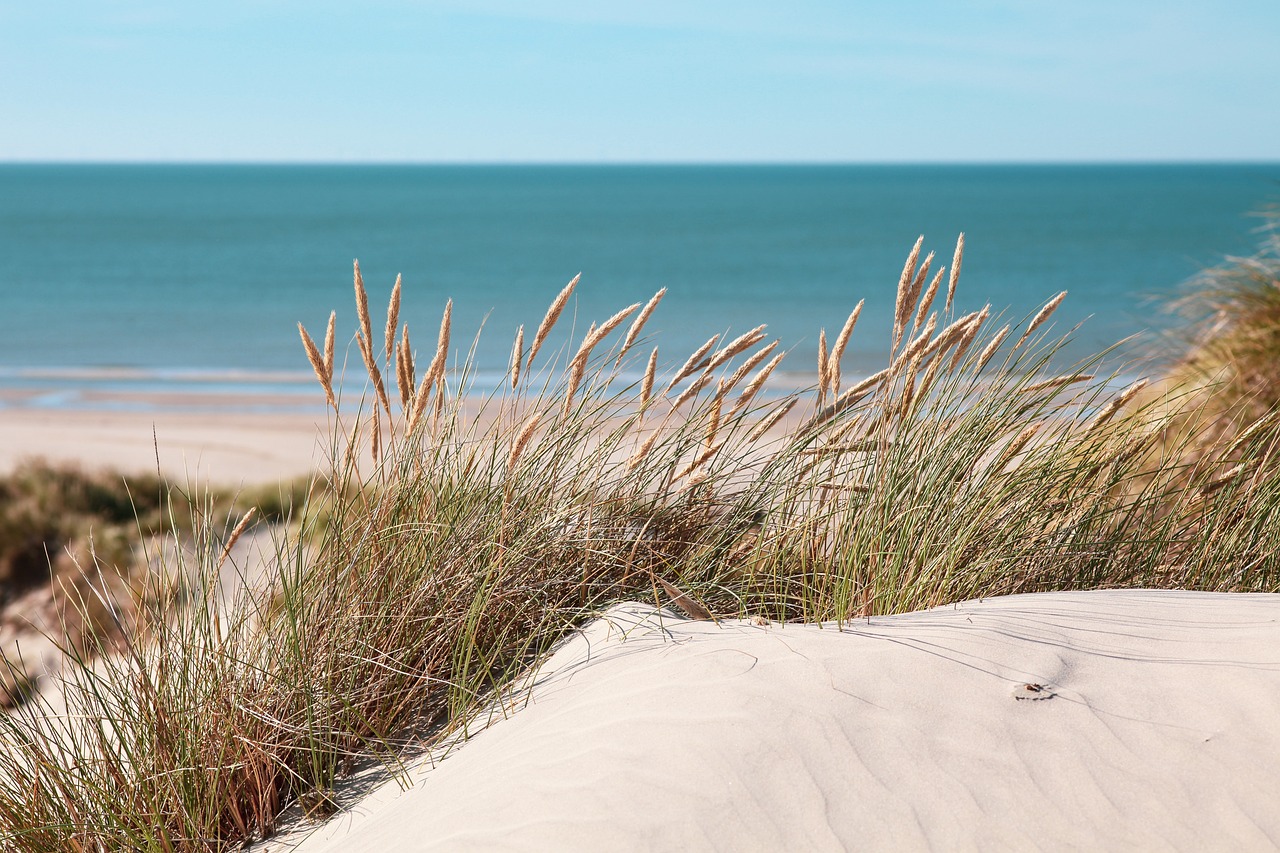
Flora and Fauna
The Great Sand Dunes National Park and Preserve in Colorado is not only a haven for adventure seekers but also a sanctuary for a diverse range of flora and fauna. The harsh desert environment of the dunes has fostered unique adaptations in plant species, allowing them to thrive amidst the shifting sands. From hardy grasses to resilient shrubs, the plant life in the dunes showcases nature's ability to adapt and survive in extreme conditions.
Moreover, the Great Sand Dunes are teeming with a variety of wildlife, adding to the rich tapestry of this unique ecosystem. Visitors may encounter elusive mammals like kangaroo rats and coyotes, each playing a vital role in the delicate balance of the dune ecosystem. Additionally, the skies above the dunes are filled with the calls of numerous bird species, from majestic raptors to tiny songbirds, creating a symphony of sounds against the backdrop of the sandy landscape.
One of the most fascinating aspects of the flora in the dunes is their ability to anchor themselves in the sandy terrain. Many plants have developed deep root systems that not only provide stability but also access to vital nutrients deep below the surface. Furthermore, some plant species have evolved protective coatings on their leaves to minimize water loss and shield themselves from the abrasive effects of the blowing sand. These adaptations are a testament to the resilience and ingenuity of nature in the face of adversity.

Unique Plant Adaptations
When it comes to surviving in the harsh and ever-changing environment of the Great Sand Dunes, plants have developed remarkable adaptations to thrive where few others can. These unique plant species have evolved specialized features that allow them to not only survive but also flourish amidst the shifting sands and arid conditions of the dunes.
One of the most fascinating adaptations of the plants in the Great Sand Dunes is their deep root systems. These roots extend far below the surface, tapping into hidden water sources to sustain the plant life above. By reaching deep into the ground, these plants can access the moisture they need to survive in the desert landscape.
Additionally, many of the plants in the dunes have developed protective coatings to shield themselves from the abrasive sand and intense sunlight. These coatings act as a barrier, preventing excessive water loss and protecting the plant from the elements. Some plants even have hairy or waxy leaves that help reduce water loss through evaporation, enabling them to retain moisture in the arid environment.
Furthermore, certain plant species in the Great Sand Dunes have evolved unique reproductive strategies to ensure their survival. Some plants produce an abundance of seeds that are easily dispersed by the wind, allowing them to colonize new areas and establish themselves in different parts of the dunes. Others have developed symbiotic relationships with specific insects or fungi that aid in their reproduction and growth.
Overall, the plant adaptations in the Great Sand Dunes showcase the incredible resilience and ingenuity of nature in the face of extreme conditions. These plants serve as a testament to the power of adaptation and evolution, demonstrating how life can thrive in even the most challenging environments.
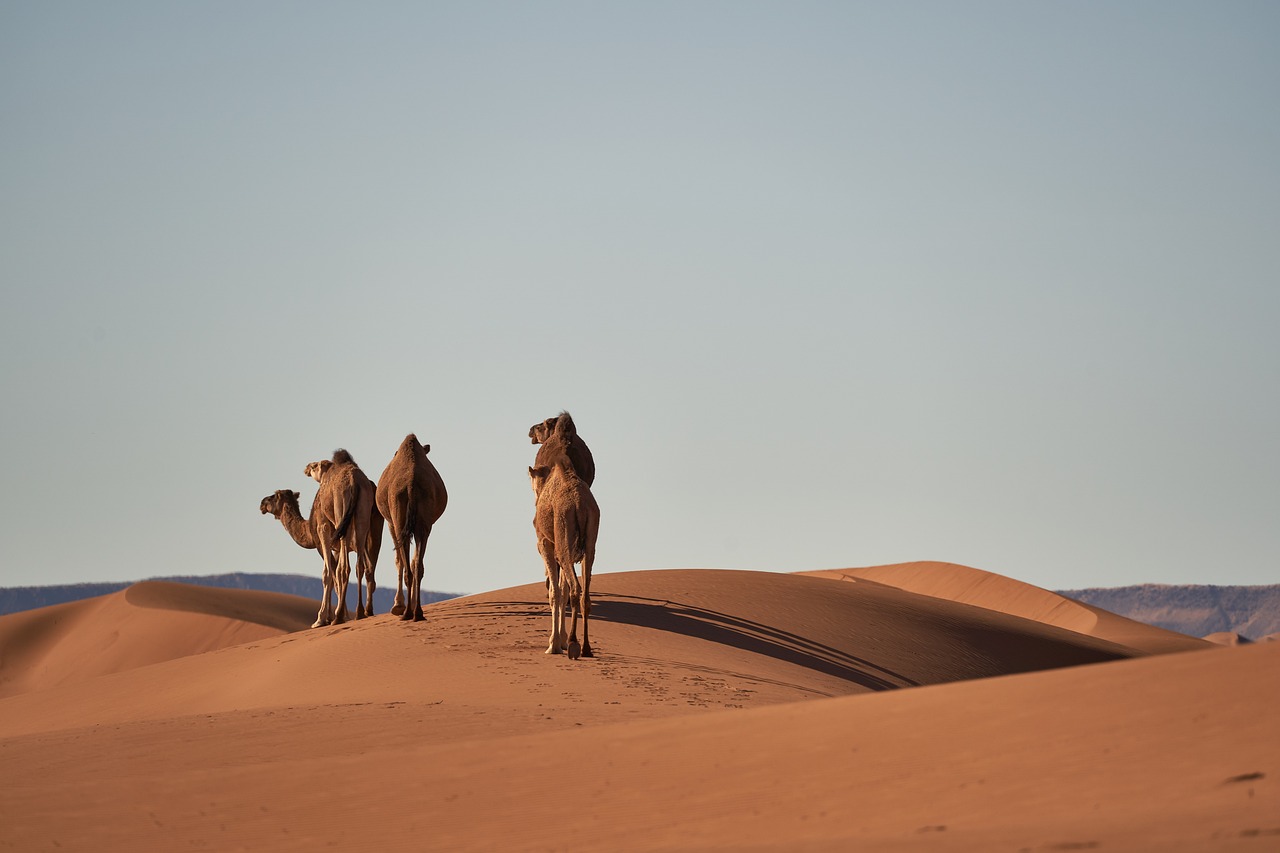
Animal Species Diversity
When it comes to the diverse animal species that call the Great Sand Dunes their home, visitors are in for a treat. From the elusive kangaroo rats darting through the sand to the majestic coyotes prowling the dunes, the park is teeming with a wide array of wildlife. Additionally, the skies above the dunes are often graced by the presence of various bird species, adding to the vibrant ecosystem of this unique landscape.
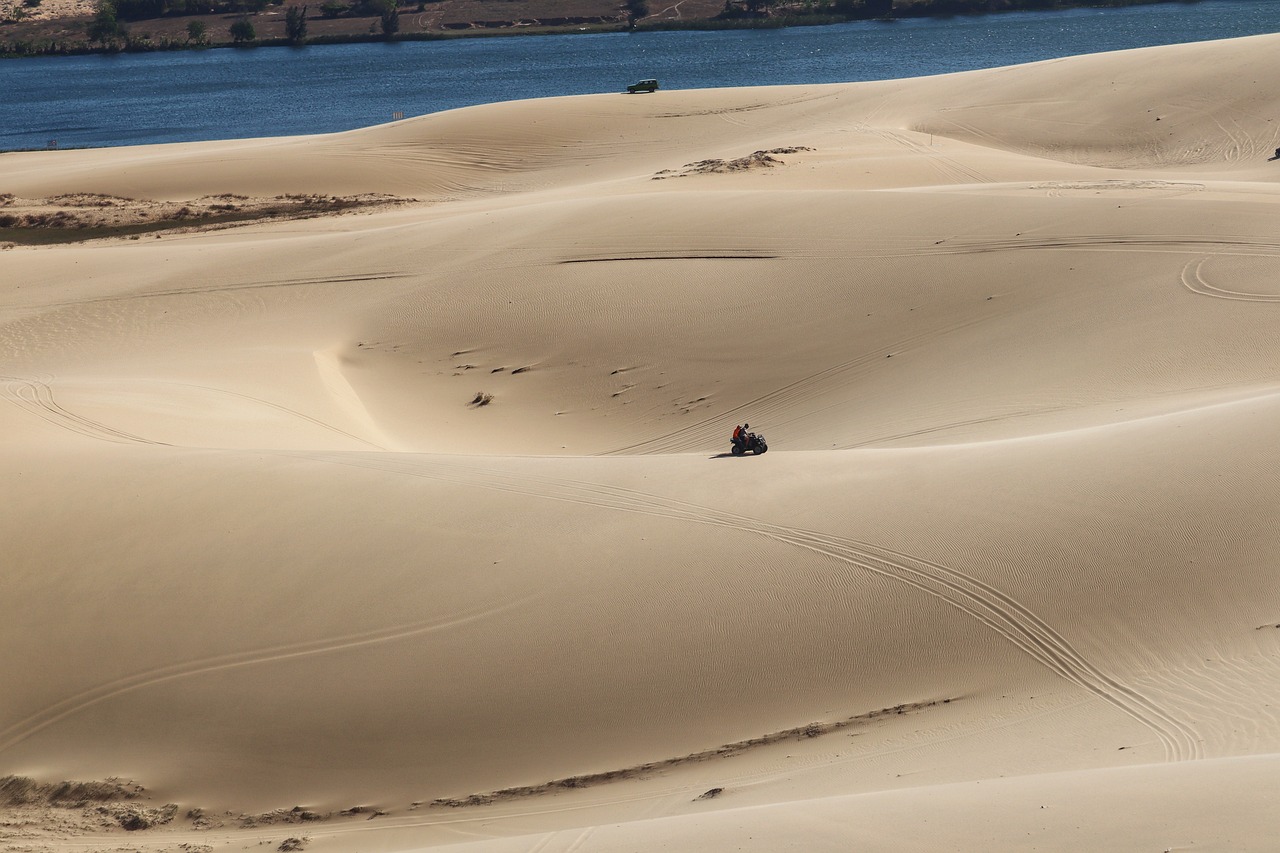
Recreational Activities
When visiting the Great Sand Dunes National Park and Preserve in Colorado, visitors are greeted with a plethora of recreational activities that cater to all interests and ages. Whether you are an adrenaline junkie seeking thrills or a nature enthusiast looking to immerse yourself in the unique landscapes, the park offers something for everyone.
One of the most popular activities at the Great Sand Dunes is sandboarding and sledding. Imagine gliding down the steep sandy slopes, feeling the rush of wind against your face as you navigate the dunes on a board or sled. It's a thrilling experience that combines the excitement of snow sports with the warmth of the desert sun.
For those who prefer a more relaxed experience, stargazing at the park is a must-do activity. As an International Dark Sky Park, the Great Sand Dunes provides an unparalleled opportunity to gaze up at the night sky and marvel at the beauty of the cosmos. Away from the city lights, the stars shine brightly, creating a mesmerizing spectacle that will leave you in awe.
If you're a nature lover, hiking through the dunes and surrounding trails is a fantastic way to explore the diverse ecosystems of the park. From the lush forests at the base of the mountains to the arid desert landscapes of the dunes, each hike offers a unique perspective on the natural beauty of the area.
For those seeking a more immersive experience, camping under the starlit sky is a magical way to connect with nature. Wake up to the sound of birds chirping and the sun rising over the dunes, creating a sense of peace and tranquility that is hard to find elsewhere.
Whether you're seeking adventure, relaxation, or a bit of both, the recreational activities at the Great Sand Dunes National Park and Preserve are sure to provide an unforgettable experience for all who visit.
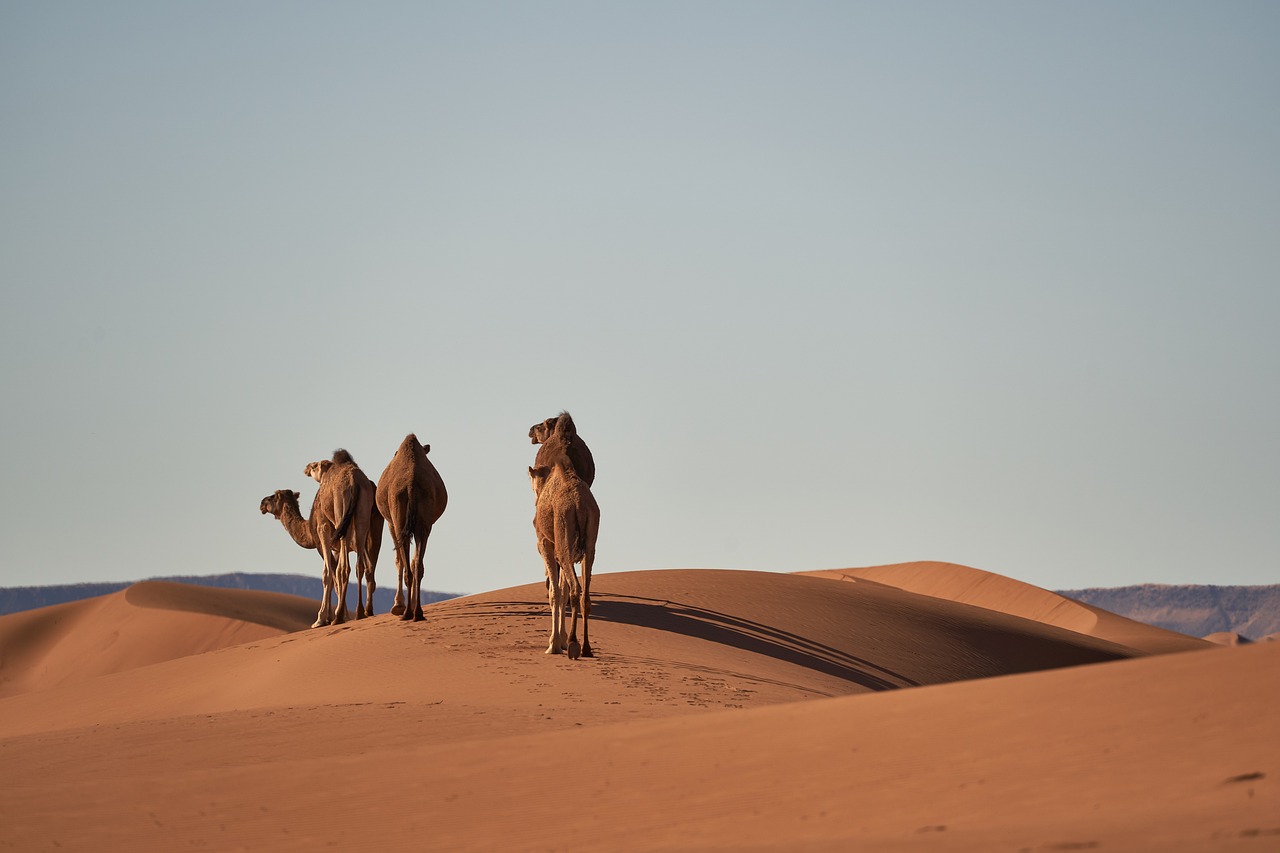
Sandboarding and Sledding
Sandboarding and sledding at the Great Sand Dunes National Park and Preserve offer visitors an exhilarating way to experience the unique landscape of towering dunes. Imagine the rush of adrenaline as you glide down the sandy slopes, feeling the wind in your hair and the sun on your face. Whether you're a thrill-seeker looking for an adventure or simply want to try something new, sandboarding and sledding provide a fun and memorable experience for all ages.
For those unfamiliar with sandboarding, it's similar to snowboarding but on sand instead of snow. Riders strap their feet onto a board and slide down the dunes, carving through the soft sand and enjoying the freedom of movement. Sledding, on the other hand, involves sitting or lying on a sled and speeding down the slopes, feeling the rush of speed and excitement.
One of the great things about sandboarding and sledding at the Great Sand Dunes is that no experience is necessary. Whether you're a beginner or an experienced rider, there are dunes of varying heights and slopes to suit every skill level. You can rent sandboards and sleds from nearby shops or bring your own equipment if you prefer.
As you glide down the dunes, you'll be surrounded by breathtaking views of the vast sand dunes stretching out before you, with the majestic mountains in the background creating a stunning backdrop. The feeling of sliding down the sandy slopes, with the sun setting in the distance, is truly a magical experience that will stay with you long after you leave.
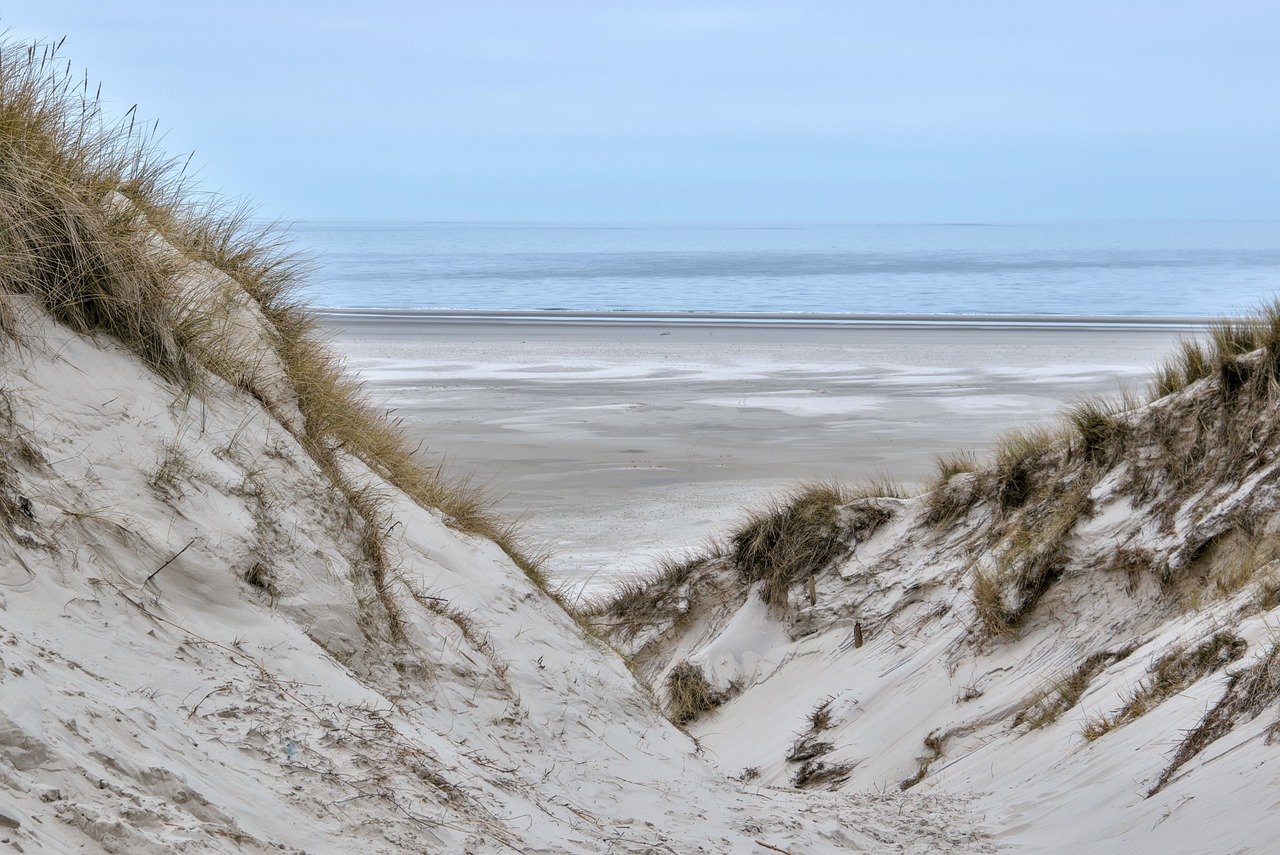
Stargazing Opportunities
When the sun sets over the Great Sand Dunes National Park and Preserve, a whole new world emerges above. The in this remote location are truly unparalleled. As night falls, the skies above the dunes transform into a mesmerizing display of twinkling stars, planets, and even the Milky Way.
Designated as an International Dark Sky Park, the Great Sand Dunes offer visitors a chance to escape the light pollution of urban areas and immerse themselves in the beauty of a pristine night sky. Whether you are an amateur astronomer or simply someone who appreciates the wonder of the cosmos, the stargazing opportunities here are bound to leave you in awe.
Imagine lying back on the soft sand, the cool night air brushing against your skin, as you gaze up at a sky filled with countless stars. The vastness of the universe stretches out above you, inviting contemplation and reflection. It's a chance to disconnect from the hustle and bustle of daily life and reconnect with the natural world in a profound way.
For those interested in learning more about the stars and planets visible above the dunes, the park occasionally hosts stargazing events led by knowledgeable astronomers. These events offer a unique opportunity to peer through telescopes, learn about constellations, and deepen your understanding of the celestial bodies that grace the night sky.
Whether you visit the Great Sand Dunes National Park and Preserve for the thrill of sandboarding down the dunes, the tranquility of a desert hike, or the wonder of stargazing under a canopy of stars, one thing is certain – this unique destination has something truly special to offer every visitor.
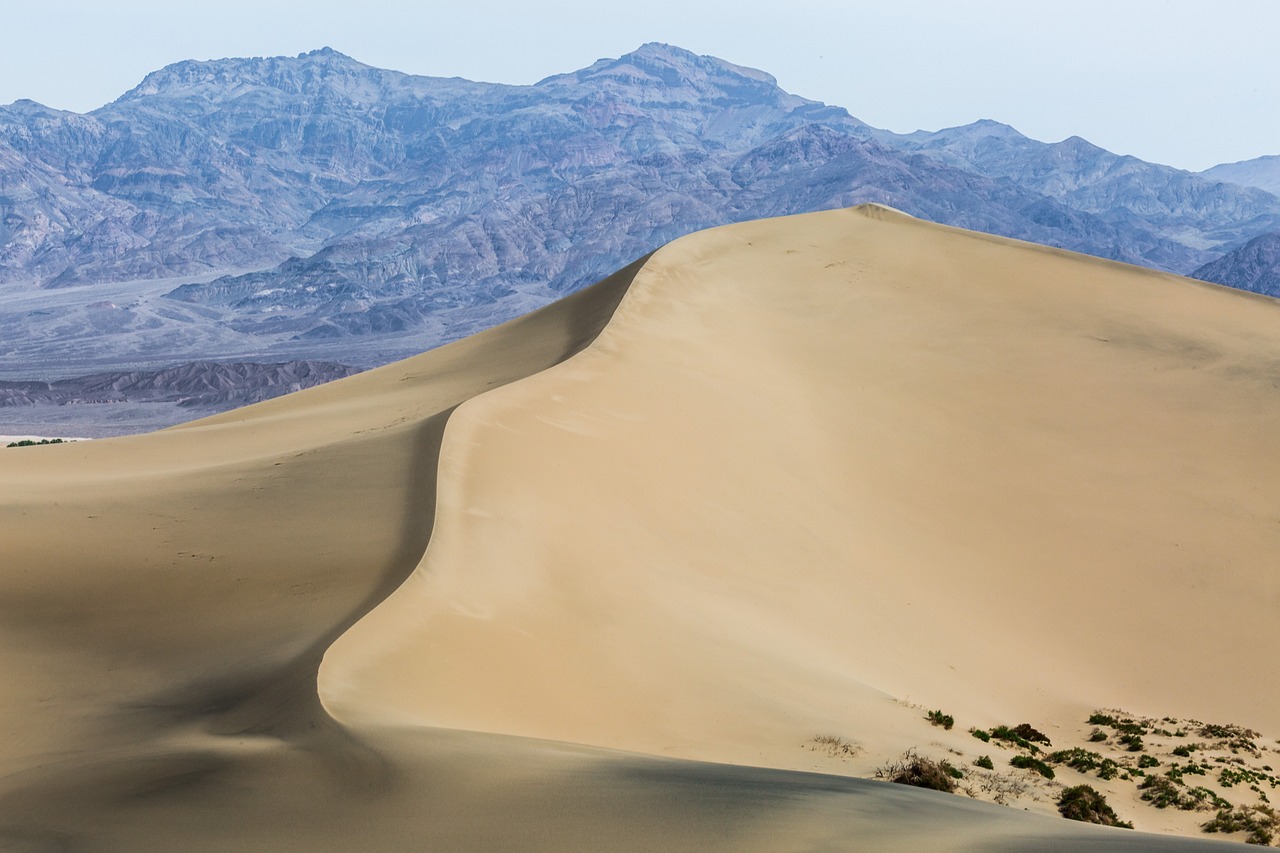
Preservation and Conservation
Preservation and conservation efforts play a crucial role in safeguarding the delicate ecosystem of the Great Sand Dunes National Park and Preserve. The park management, in collaboration with various conservation organizations, has implemented a range of initiatives to protect the unique biodiversity and natural landscapes of this remarkable destination. Through sustainable tourism practices and educational programs, visitors are encouraged to explore the dunes responsibly while minimizing their impact on the environment.
Conservation efforts focus on preserving the diverse flora and fauna that inhabit the dunes, including rare plant species and wildlife. By promoting awareness about the fragility of the ecosystem, visitors are encouraged to respect the natural habitat and contribute to its conservation. The park's conservation initiatives also aim to address environmental challenges such as erosion, invasive species, and climate change, ensuring the long-term sustainability of this iconic natural wonder.
Frequently Asked Questions
- What is the best time to visit Great Sand Dunes National Park and Preserve?
The best time to visit is typically in the spring or fall when the weather is milder, and the dunes are not as scorching hot. Avoiding the peak summer months can ensure a more comfortable experience.
- Are there guided tours available at the park?
Yes, the park offers guided tours led by knowledgeable rangers who provide insights into the geology, flora, and fauna of the dunes. These tours can enhance your understanding and appreciation of the park's unique ecosystem.
- Is camping allowed within the park?
Yes, camping is permitted at designated campgrounds within the park. Whether you prefer tent camping or RV camping, there are options available to immerse yourself in the beauty of the dunes under the starlit sky.
- What safety precautions should I take when engaging in sandboarding?
It is important to wear appropriate protective gear, such as helmets and goggles, while sandboarding to prevent injuries. Additionally, choosing dunes with gentler slopes for beginners can help ensure a safe and enjoyable experience.
- How can visitors contribute to the conservation of the Great Sand Dunes ecosystem?
Visitors can contribute by following Leave No Trace principles, staying on designated trails, and refraining from disturbing wildlife or vegetation. Participating in volunteer programs or donating to conservation efforts can also support the preservation of this unique natural habitat.







